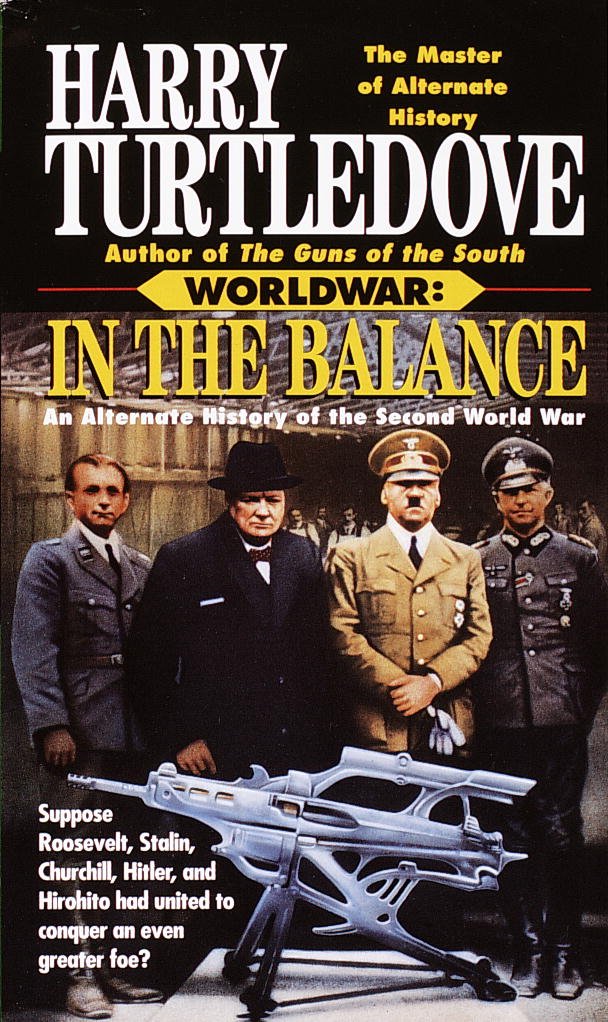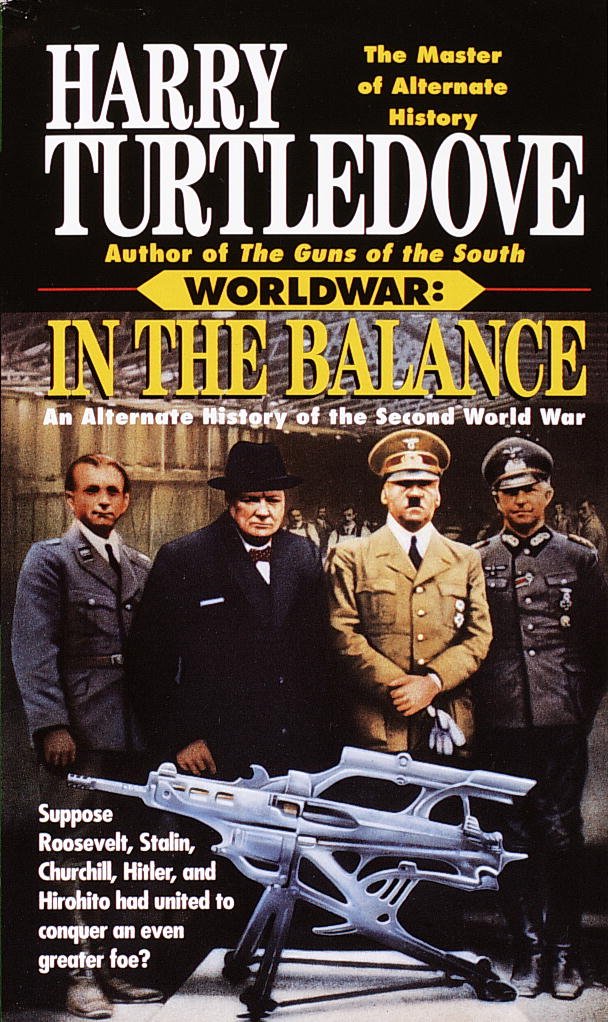I’ve just finished reading Worldwar: In the Balance by Harry Turtledove, and I must say, it was an exhilarating experience. As an avid fan of alternate history and science fiction, the premise of this novel instantly drew me in. The concept that figures like Roosevelt, Stalin, Churchill, Hitler, and Hirohito could unite against a common, otherworldly enemy piqued my curiosity right from the start, making me eager to see how these historical figures would interact in such a dire scenario.
The novel spans significant events—Pearl Harbor, the Siege of Leningrad, the Battle of Midway—as the great powers of Earth are united against invaders with technology far beyond human capabilities. This aspect of the story was as thought-provoking as it was entertaining. The idea that such patriotic enemies would have to join forces against an insurmountable threat created a fascinating dynamic, and Turtledove executed it with skill.
Many readers have praised the depth of character development. I found Turtledove’s portrayal of historical figures to be authentic, complex, and nuanced. He takes liberties with what might have been but does so in a way that feels plausible. For instance, the backstories and motivations of characters added a rich layer to the narrative. Characters I initially viewed as one-dimensional began to evolve into intricate personalities, grappling with both personal and global dilemmas.
However, not everything was perfect. Some critics mentioned that the pacing slowed considerably in the middle chapters. I must admit, while I was initially engrossed in every character’s arc, there were moments where the narrative dragged. Turtledove tends to indulge in detailed dialogues and internal monologues that occasionally veer into the repetitive. This did momentarily pull me out of the immersive experience I craved.
Another aspect that has received mixed reviews is the sheer scope of the book. At nearly 600 pages, it was an ambitious undertaking. While part of me appreciated the complexity and breadth of the storyline, there were sequences that felt overstuffed. Not all side characters achieved the same level of engagement; some seemed secondary to the author’s main vision, occasionally confusing the central plot’s focus.
That said, the essence of the conflict—from violent destruction to a reluctant alliance—was consistently gripping. The notion that “the alternative was even worse” emphasized the stakes involved, which felt both profound and urgent. As war seethed across the globe, Turtledove managed to maintain a tense atmosphere that kept me turning pages.
Despite the drawbacks, Worldwar: In the Balance is a commendable entry in the realm of alternate history. I’d rate it a solid 4.5 stars. The imaginative premise and character arcs resonate well, even if the pacing falters at times. It’s a captivating read for anyone who loves delving into history’s intricacies and contemplating the "what-ifs" of our world.
In conclusion, I would highly recommend this book to fans of science fiction and alternate history genres. Turtledove’s knack for weaving real historical events into a fantastical narrative will not disappoint, as it left me pondering the fragility of our alliances and the circumstances that can bring the most unexpected partners together. If you’re ready to explore a unique blend of history and sci-fi, this is definitely worth adding to your reading list!








